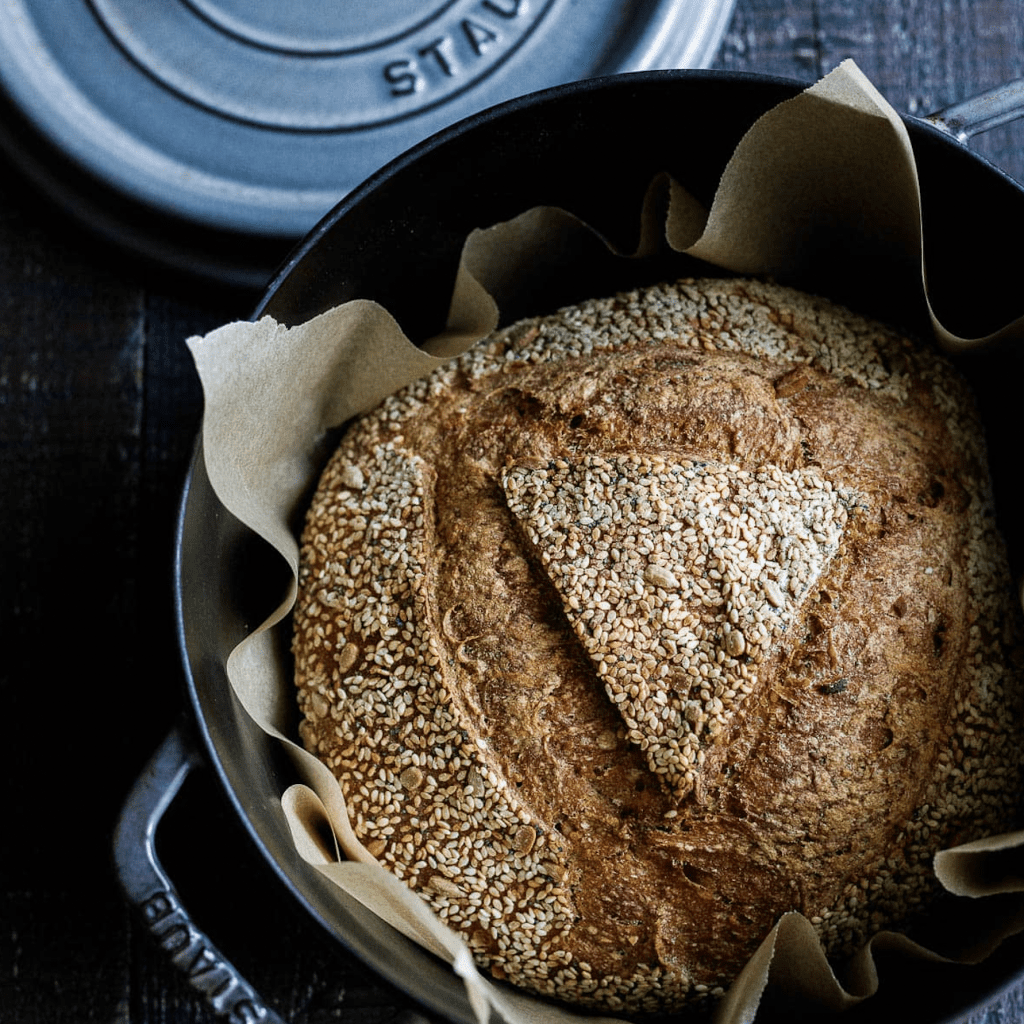Dutch ovens have been around for centuries and have a rich history that dates back to the early 1700s. While the name “Dutch oven” may suggest that it originated in the Netherlands, the term actually comes from the process of “dutching” or treating cast iron with a special process that makes it smoother and more durable. The Dutch oven became popular in the United States during the colonial period when it was used by pioneers and settlers for cooking and baking on the frontier. It was a staple of American homes for generations and remains a beloved kitchen tool to this day.
One of the key features of a Dutch oven is its ability to retain and distribute heat evenly, making it a versatile cooking tool for a wide range of dishes. Cast iron is a popular material for Dutch ovens due to its durability, non-stick properties, and heat retention. Cast iron Dutch ovens are typically coated with enamel, which provides an additional layer of protection and makes them easier to clean.
Ceramic Dutch ovens are another option for those who prefer a more decorative option. These ovens are available in a variety of colors and styles and can be used for both cooking and serving. They are typically lighter than cast iron Dutch ovens, but they do not retain heat as well and may not be as durable.
Stainless steel Dutch ovens are less common but can be a good choice for those who want a lighter and more durable option. They are typically more expensive than cast iron or ceramic Dutch ovens, but they offer excellent heat retention and are easy to clean.
When it comes to baking sourdough bread, a Dutch oven can be an essential tool that helps you achieve the perfect crust. The key to using a Dutch oven for sourdough bread is to preheat it in the oven at a high temperature before adding your shaped dough. This allows the Dutch oven to heat up fully, creating a moist environment that is ideal for developing a crispy crust. Once the dough is added to the Dutch oven, it should be covered for the first part of the baking process, which allows the bread to steam and rise. After the covered portion of the bake is complete, the lid can be removed and the bread can continue baking until fully cooked and golden brown.
In conclusion, Dutch ovens are a versatile and durable cooking tool that has been around for centuries. Whether you’re cooking on the frontier or baking sourdough bread in your home kitchen, a Dutch oven is a must-have for any home cook. With a variety of materials to choose from and a wide range of uses, a Dutch oven is an investment that will last a lifetime.





















